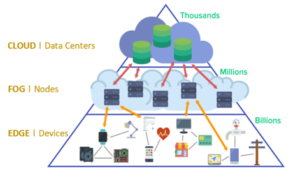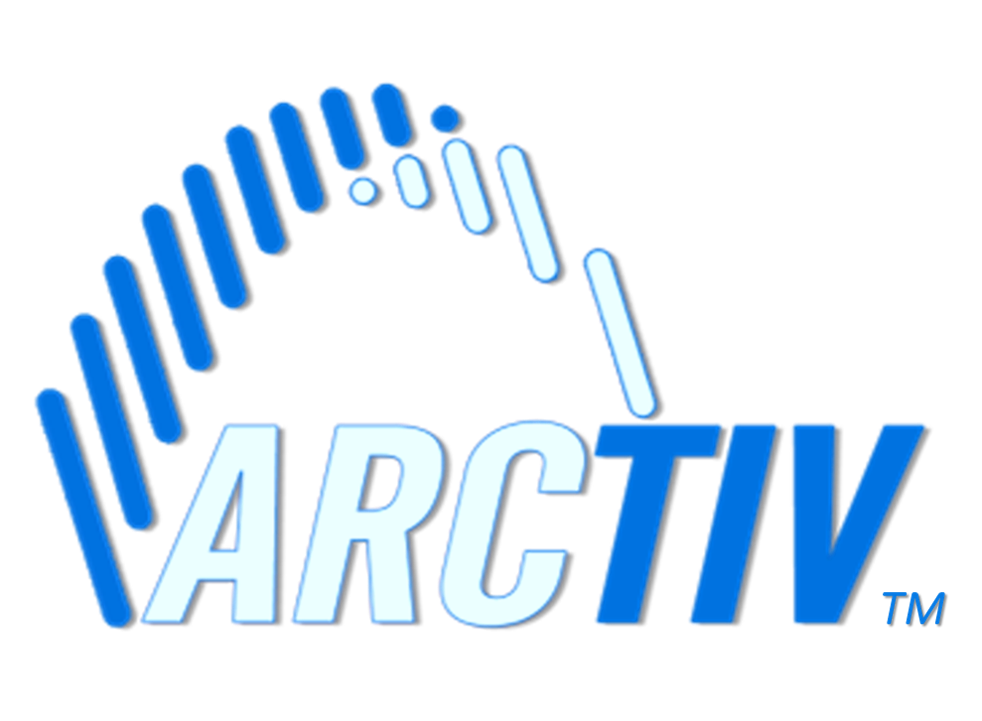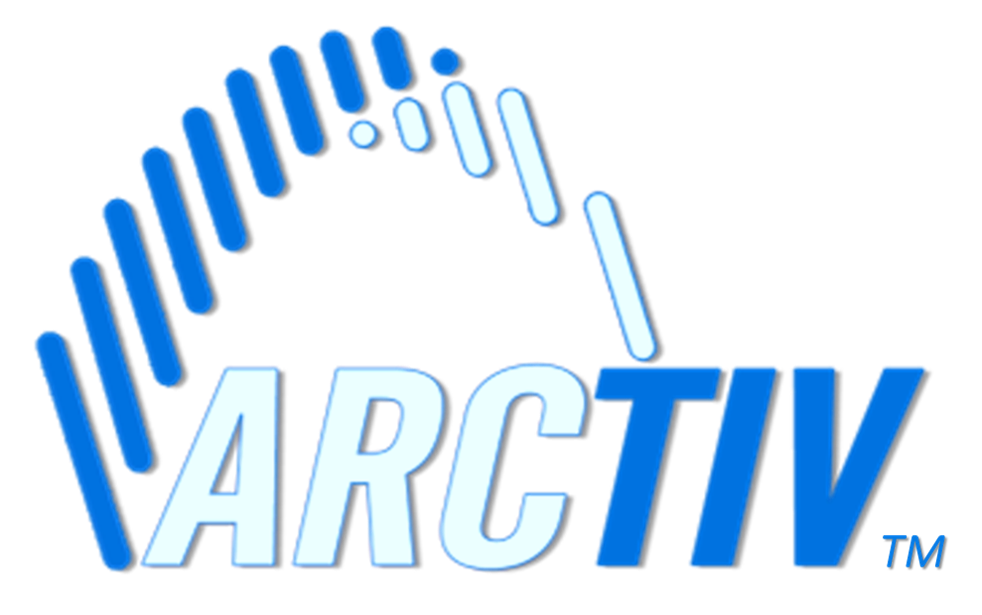The recent adoption of Cloud / Fog / Edge computing topologies has fundamentally changed the role of the network closets in most companies. Their primary data storage is now being transferred to the cloud or ‘fog’ and the remaining on-premise devices are used to help manage the LAN along with a few servers which are kept on-site to manage data security or application latency. This trend is allowing many IT and facility managers to reduce or eliminate the network closet completely and replace it with smaller, office-friendly cabinets which can support these edge-computing devices.
 Common Cloud / Fog / Edge Deployments Common Cloud / Fog / Edge Deployments |
Advantages of Edge Computing
|
In the past, small IT cabinets were used for managing patch panels, switches and small networking devices which could be housed in a light-duty, fixed wall-mount configuration and stored in the back room. With the adoption of both edge-computing and higher powered IoT devices such as IP cameras, VoIP phones and media systems, these applications now require larger switches, higher-power cabling, small servers and rack-mount UPS’s. As a result, companies are requiring solutions which provide the support for the larger, heavy equipment, but can still be managed in the office areas to help reduce the OPEX costs of a dedicated IT room. The primary factors considered in these new applications include:
- Cabinet security in open areas
- Managing cables and airflow on higher-powered equipment
- Supporting large and heavy equipment
- Office friendly appearance and noise levels
- Installing and servicing the devices
Most office environments will use similar specifications for the cabinets as they have common devices, security and environmental conditions. However, industries such and retail, restaurants, manufacturing and logistics generally use different equipment or conditions and may require a unique approach to housing their IT devices. The table below lists some of the major factors by industry.
Considerations in Storing Edge-Computing Devices by Application
| Application | Primary Considerations |
| Open Offices |
Examples: Branch offices, high-rise buildings, conference rooms |
| Closed Offices / ROBO |
Examples: SMB’s, home office |
| Back Office or Storage Room |
Examples: Retail, restaurants, branch offices |
| Semi-harsh environments |
Examples: Warehouses, retail, manufacturing |
ABOUT THE AUTHOR

Daniel S. James II, MSEE, MBA
Daniel is the founder of ArcTiv Technologies and currently is resides in Taipei, Taiwan and St. Louis, MO, USA. He brings over 15 years of experience in both the data center and industrial automation industries having worked for Fortune 500 technology companies in various roles including Corporate Strategic Planning, Product Management and Business Development. Connect with him on Linked-In.

